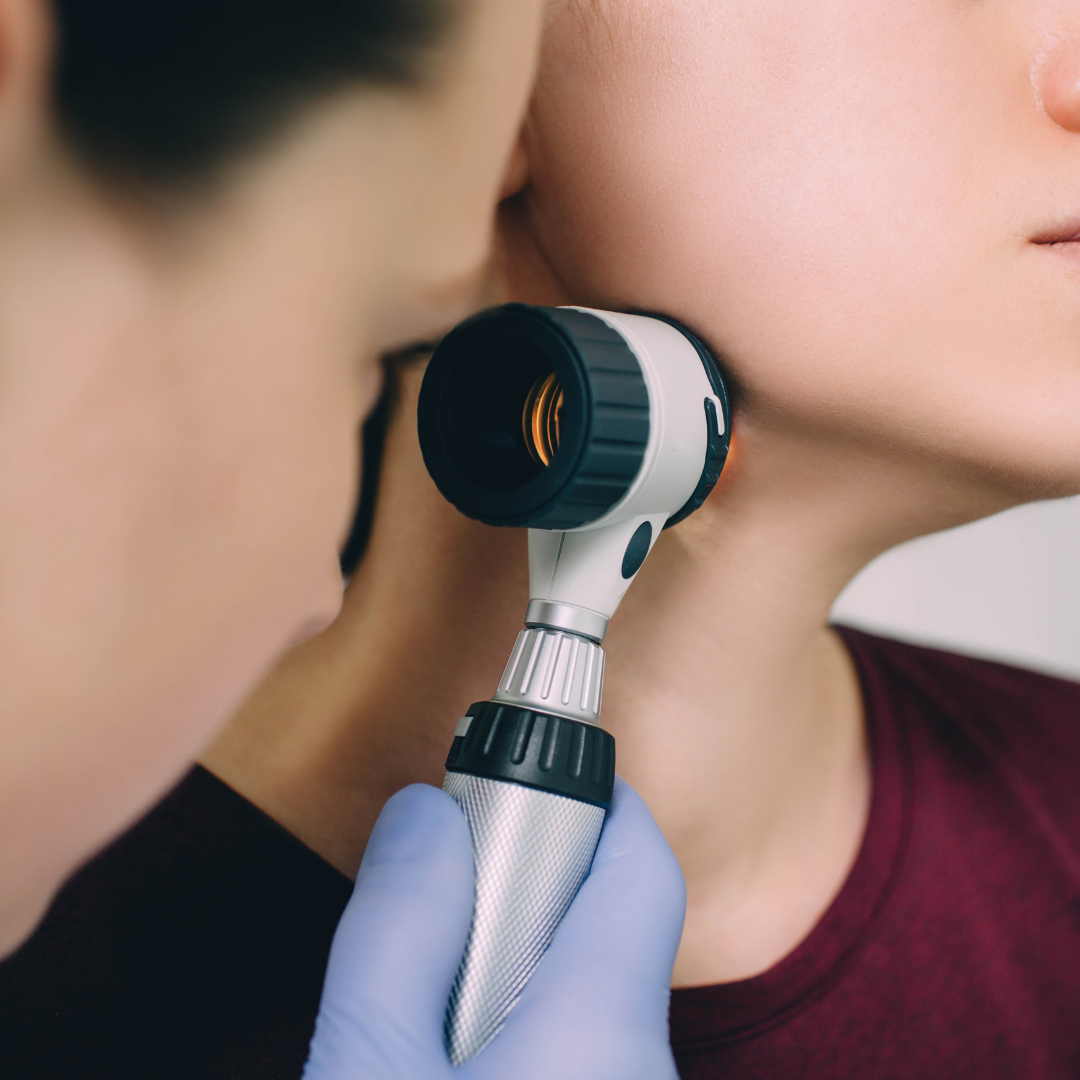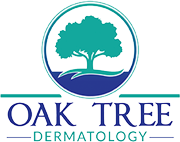
Understanding the Necessity of Regular Skin Exams
In the mosaic of maintaining overall health, regular full-body skin checks hold a pivotal position, often underestimated yet profoundly essential. Your skin, the largest organ of the body, serves as the first line of defense against environmental hazards and is a mirror reflecting your internal well-being. Regular skin exams are not merely precautionary; they are instrumental in the early detection and prevention of various skin conditions, including potentially life-threatening melanomas.
Skin cancer is one of the most common forms of cancer worldwide, with statistics showing that one in five Americans will develop skin cancer by the age of 70. Despite these numbers, the early stages of skin cancer are often imperceptible to the untrained eye. This is where the expertise of dermatologists becomes invaluable. Through meticulous examination, they can identify subtle changes and anomalies in the skin that might go unnoticed, significantly increasing the chances of early diagnosis and successful treatment.
Preventive Health Approach
Regular skin exams embody a preventive health approach. By scheduling these checks annually, much like dental visits or physical exams, individuals can manage their skin health proactively. Such vigilance is crucial for high-risk groups, including those with a family history of skin cancer, fair skin, or a history of significant sun exposure.
Peace of Mind
Beyond clinical advantages, regular skin checks provide peace of mind. Knowing that your skin is under professional scrutiny alleviates anxiety and empowers you with knowledge about your health status. It allows you to engage healthcare professionals in meaningful discussions about protective measures and lifestyle adjustments that can further mitigate risks.
In essence, prioritizing regular skin exams is a conscious decision to safeguard your health, fostering a proactive stance against the potential adversities of skin conditions. This habit, seamlessly integrated into your healthcare routine, promises long-term benefits and reinforces the age-old adage: prevention is better than cure.
Key Benefits of Early Detection Through Skin Checks
The significance of early detection through full-body skin checks cannot be overstated. These examinations serve as a vital tool in the proactive management of skin health, offering a multitude of benefits that extend beyond mere peace of mind. By incorporating regular skin checks into your healthcare routine, you empower yourself with the knowledge necessary to act swiftly and effectively against potential skin issues.
Proactive Identification of Skin Cancer
One of the most critical advantages of early detection is the increased likelihood of identifying skin cancers at an early, more treatable stage. Melanoma, the deadliest form of skin cancer, can often be cured if caught in its nascent phase. A full-body skin check allows dermatologists to spot subtle changes in moles or other skin lesions that may indicate malignancy, enabling timely intervention. This proactive identification significantly enhances treatment outcomes and survival rates.
Prevention and Management of Non-Cancerous Conditions
Beyond cancer, early detection aids in the management of various non-cancerous skin conditions. Identifying issues such as psoriasis, eczema, or fungal infections early allows for prompt treatment, preventing these conditions from escalating into more severe complications. Effective management can improve quality of life and reduce the burden of chronic skin diseases.
Customized Skincare Advice
Regular skin checks provide an invaluable opportunity for personalized skincare advice. Dermatologists can recommend products or lifestyle changes tailored to your specific skin type and concerns, thereby enhancing overall skin health. This bespoke guidance can help prevent future skin issues and maintain a radiant complexion.
In conclusion, the benefits of early detection through full-body skin checks are manifold, ranging from the early identification of potentially life-threatening conditions to the management of chronic skin ailments. By embracing regular skin evaluations, you take a proactive stance in safeguarding your skin’s health, ensuring peace of mind and well-being.
Preparing for Your Full-Body Skin Examination
Embarking on the journey of a full-body skin examination can be both enlightening and pivotal for your overall health. Yet, much like any medical procedure, preparation is key to ensuring a smooth and effective visit. Understanding the steps you should take before the examination can help alleviate anxiety and enhance the thoroughness of the evaluation.
Gather Your Medical History
One of the most fundamental steps in preparing for your skin examination is compiling a comprehensive medical history. This should include any previous skin conditions, family history of skin cancer, and any medications you are currently taking. Having this information readily available not only aids the dermatologist in understanding potential risk factors but also streamlines the examination process.
Examine Your Skin
Before your appointment, take the time to conduct a self-examination of your skin. This involves scrutinizing every nook and cranny of your body, from head to toe, to become familiar with your moles, freckles, and any new or changing spots. By doing so, you can alert your dermatologist to any areas of concern, making the examination more targeted and effective.
Avoid Skin Products
On the day of your examination, it’s advisable to avoid applying lotions, make-up, or any other skin products. These can obscure the skin’s surface, making it challenging for the dermatologist to conduct a thorough assessment. Clean, product-free skin provides a clear canvas for examination.
Dress Comfortably
Opt for loose-fitting clothing that is easy to remove and put back on. The examination requires a full view of your skin, so wearing clothes that allow for easy access is beneficial. Simple, comfortable attire can help minimize any discomfort or embarrassment during the process.
In preparing for your full-body skin examination, you are not only facilitating a smoother appointment but also taking a proactive stance in safeguarding your health. With these preparatory steps, you can approach your visit with confidence, knowing you are equipped to make the most of this crucial health evaluation.
What Happens During a Full-Body Mole Check
When you step into the dermatologist’s office for a full-body mole check, you’re taking a crucial step towards ensuring your skin’s health and early detection of potential concerns. Understanding the process can help alleviate any anxiety and prepare you for what to expect, allowing the visit to be as smooth and informative as possible.
Initial Consultation
The appointment typically begins with a brief consultation. Your dermatologist will discuss your medical history, focusing particularly on any personal or familial history of skin cancer, sun exposure habits, and any noticeable changes in your skin. This conversation allows the dermatologist to tailor the examination to your specific needs, ensuring a comprehensive evaluation.
The Examination Process
Once the initial consultation is complete, the full-body examination begins. This process often requires you to change into a medical gown, ensuring easy access to your skin. The dermatologist will then methodically inspect your skin from head to toe, including areas that may not receive regular attention, such as the scalp, behind the ears, and between fingers and toes. Each mole is carefully examined for the ABCDEs of melanoma: Asymmetry, Border irregularity, Color variation, Diameter larger than a pencil eraser, and Evolving or changing moles.
Utilizing Dermoscopy
To enhance accuracy, many dermatologists use a dermatoscope, a specialized magnifying tool that allows them to view structures beneath the surface of the skin. This tool provides a more detailed view, helping to distinguish between benign moles and those that may require further investigation or biopsy.
Discussion of Findings
After the examination, the dermatologist will discuss their findings with you. If any moles appear suspicious, they may recommend a biopsy or suggest a follow-up appointment. Additionally, the doctor will provide guidance on monitoring your skin at home, including identifying signs of potential issues and maintaining regular self-examinations.
By understanding what happens during a full-body mole check, you can approach your appointment with confidence, knowing that each step is designed to protect your skin health and catch any issues early. This proactive approach is vital in the fight against skin cancer and maintaining overall well-being.


